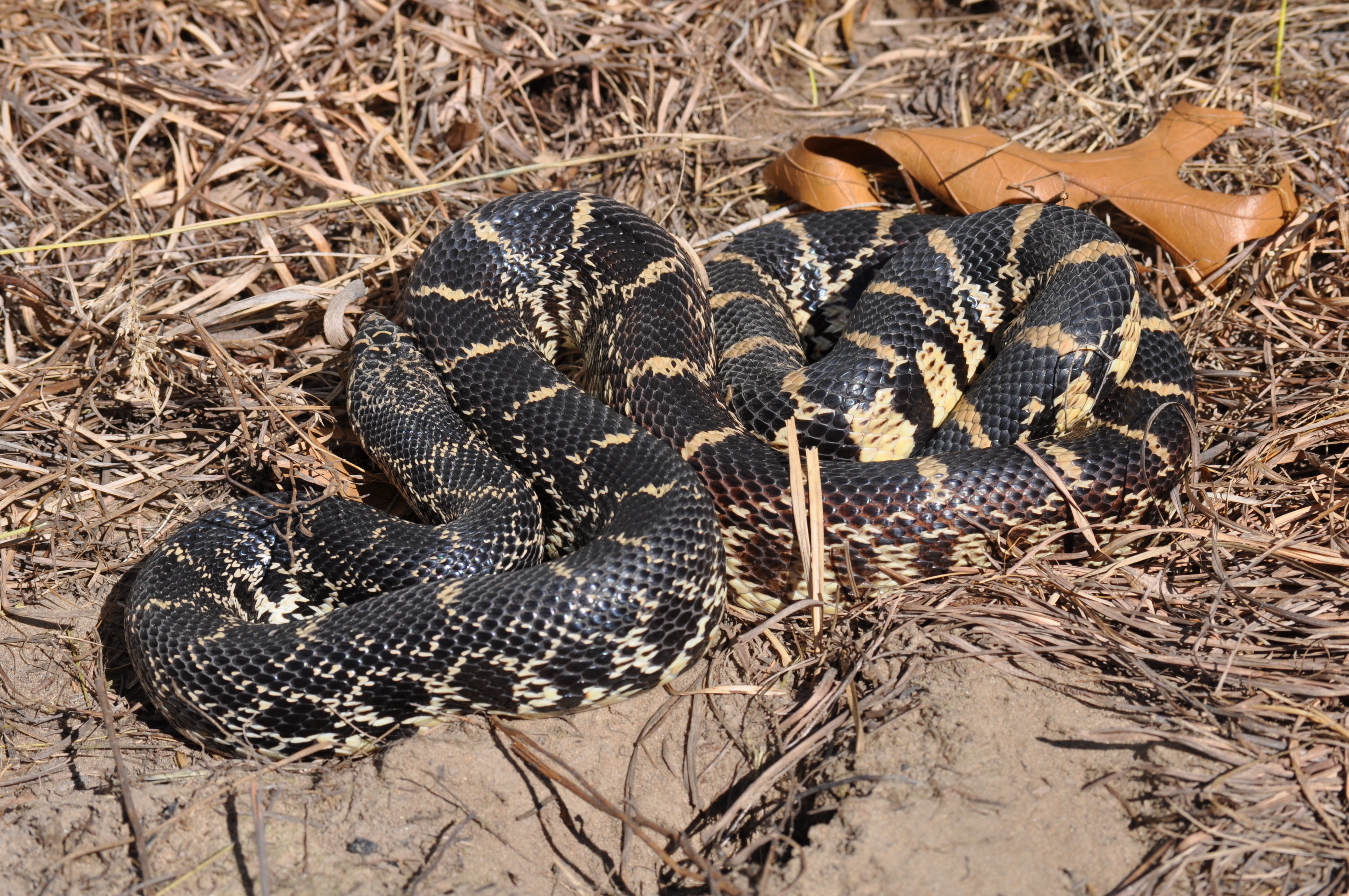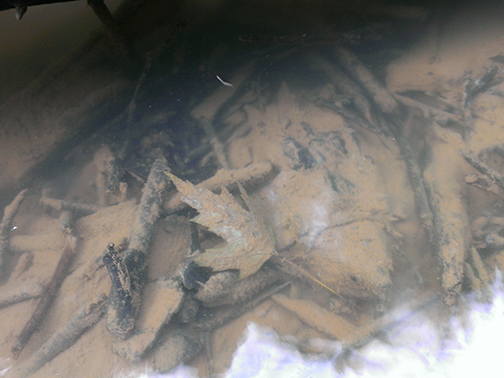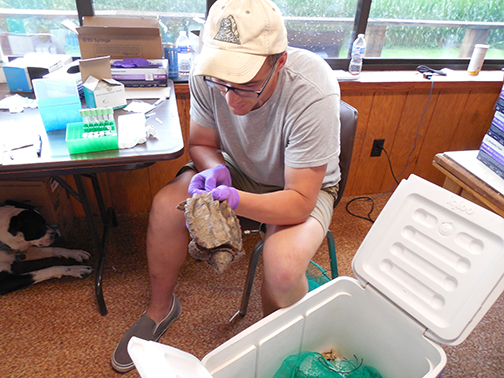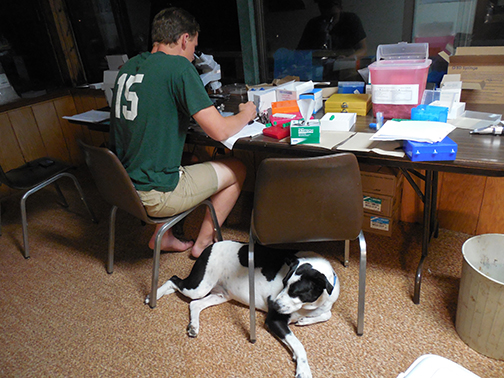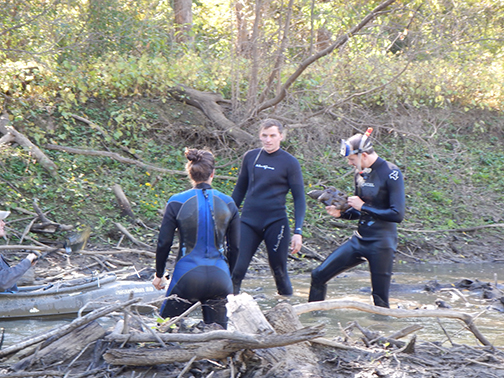Recently we conducted a survey to quantify the diversity and structure of amphibians and reptiles in sand prairie preserves managed by the Forest Preserve District of Will County. In 2014, we used a multifaceted sampling approach following an occupancy and detection probability framework. Also, all surveying points, transects, and cover objects were left in situ so the study could be replicated after sites are restored. During our surveys we recorded 9 amphibian and 17 reptile species. Thos of most interest were the Blanding’s Turtle (Emydoidea blandingi), Ornate Box Turtle (Terrapene ornata), and the Western Ribbon Snake (Thamnophis proximus). The work was a collaborative effort with Dr. Christopher A. Phillips, Jennifer M. Mui, Jason, P. Ross, Sarah J. Baker, and David Mauger.


